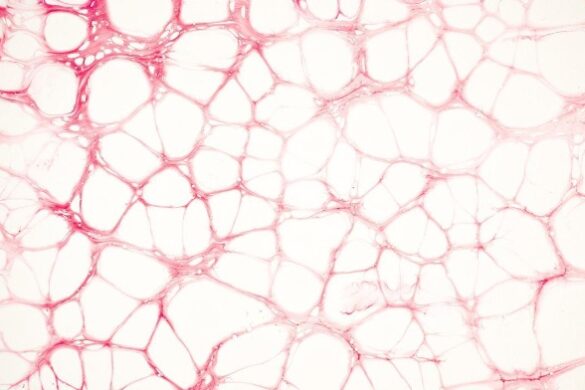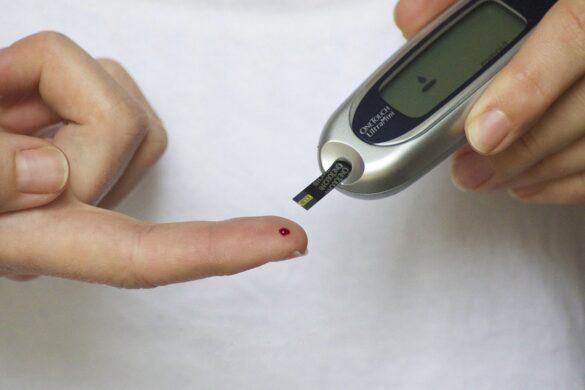 What if the key to smoother, firmer, younger-looking skin was hundreds of tiny punctures? It sounds strange at first. But microneedling is no gimmick. It’s one of the most talked-about skin treatments for a reason, and it’s not just hype.
What if the key to smoother, firmer, younger-looking skin was hundreds of tiny punctures? It sounds strange at first. But microneedling is no gimmick. It’s one of the most talked-about skin treatments for a reason, and it’s not just hype.
Microneedling works by triggering the skin’s natural healing process. That might sound simple, but the results can be anything but. From softening scars to refining pores, this treatment offers real changes you can feel and see.
Let’s break down how it works, what it helps with, and what you should know before booking a session.
What Is Microneedling, Really?
At its core, microneedling in Meridian ID is a procedure where a device with fine needles is used to create tiny punctures in the top layer of the skin. These micro-injuries are small enough that they don’t cause damage but large enough to kick your body’s healing process into gear.
The process stimulates collagen and elastin production, two essential components that keep skin looking youthful and firm. Over time, skin becomes smoother, more even, and more resilient.
Depending on the method used, microneedling can be performed at different depths to target specific skin concerns. Deeper treatments are often used for more severe concerns like deep acne scars or stretch marks, while lighter treatments work well for improving texture and tone.
What Skin Issues Can It Help With?
Microneedling is surprisingly versatile. It can be used on various skin types and addresses a wide range of skin concerns. Some of the most common include:
- Fine lines and wrinkles – Encourages new collagen to fill in lines and smooth out creases
- Acne scars – Breaks up scar tissue and supports healthy skin regeneration
- Enlarged pores – Tightens skin and reduces pore visibility
- Stretch marks – Helps fade marks over time by strengthening skin in those areas
- Uneven skin tone or texture – Promotes a smoother, more even surface
- Mild skin laxity – Improves firmness in areas beginning to show signs of sagging
Results won’t happen overnight, but with consistent sessions and proper aftercare, improvements can be dramatic.
What to Expect During the Procedure
Before the procedure starts, a numbing cream is usually applied to reduce discomfort. Once the skin is numb, the practitioner uses a microneedling device to make controlled micro-injuries in the skin’s surface. The session can take anywhere from 20 minutes to over an hour, depending on the area being treated.
Some redness, swelling, and mild sensitivity afterward is normal, much like a light sunburn. Skin usually recovers within a few days, though deeper treatments may need a little more time.
Many people return to normal activities the next day, but it’s best to avoid sun exposure, makeup, and harsh products for at least 24 to 48 hours.
How Often Should You Get It?
This depends on your skin goals and the condition being treated. For general skin refreshment and mild concerns, once every 4 to 6 weeks can work well. More intensive issues like scarring or stretch marks may need a series of treatments spaced out over several months.
Keep in mind, microneedling builds results gradually. Your skin needs time to heal and generate new collagen after each session. Patience pays off.
The Do’s and Don’ts Before and After
Microneedling is a professional procedure, so preparation and aftercare are essential. Here’s a practical list to keep in mind:
Before your session:
- Avoid retinoids and exfoliants – These can make skin more sensitive and reactive
- Don’t tan or sunbathe – Skin should not be inflamed or sun-damaged before treatment
- Stay hydrated – Well-hydrated skin responds better and heals faster
- Skip alcohol the day before – It can thin your blood and increase the risk of bruising.
After your session:
- Use gentle products only – Stick with hydrating and healing serums, no active acids or scrubs
- Avoid makeup for 24 hours – Let your skin breathe and recover
- Stay out of the sun – Your skin will be more vulnerable to UV damage
- Don’t pick or scratch – Let the skin heal naturally, even if it flakes slightly
Who Should Avoid It?
Microneedling is generally safe, but not for everyone. If you have active acne, skin infections, or certain skin conditions like eczema or rosacea, this treatment may not be suitable. It’s also not recommended during pregnancy or for those with poor wound healing.
Always consult with a qualified practitioner first. They can assess your skin and help you decide if it’s the right choice.
Professional vs At-Home Devices
There are at-home microneedling tools available, but results and safety are not the same as in-office treatments. Professional-grade devices reach deeper levels and are used under controlled, sterile conditions. At-home tools tend to be shallower and carry higher risks if not used properly.
For meaningful results and less risk, professional sessions are the way to go. It’s your face, after all.
Microneedling Myths Worth Clearing Up
With popularity comes misinformation. Let’s clear up a few common misconceptions.
“It’s painful.” – With proper numbing, most people describe it as mildly uncomfortable rather than painful.
“It thins the skin.” – It actually does the opposite. Microneedling strengthens and thickens the skin over time.
“One session is enough.” – While you may see a glow after one session, real change usually takes a series of treatments.
“Only for aging skin.” – It’s useful for a wide range of ages and skin issues, from acne scars in your 20s to wrinkles in your 50s.
Final Thoughts: Why the Hype Holds Up
Microneedling isn’t a quick fix or a miracle, but it is a well-researched treatment that works with your body, not against it. By prompting natural collagen production, it taps into your skin’s ability to heal and renew.
It’s subtle at first. Then, one day, you notice your skin feels firmer. Your makeup glides on more smoothly. Those fine lines aren’t as sharp as they used to be. That’s the magic of microneedling: not overnight perfection, but real, visible progress.
If you’re looking for a non-surgical way to boost your skin’s health and appearance, this might just be the method worth considering. Just don’t expect magic wands. Tiny needles do the job, and they do it well.



